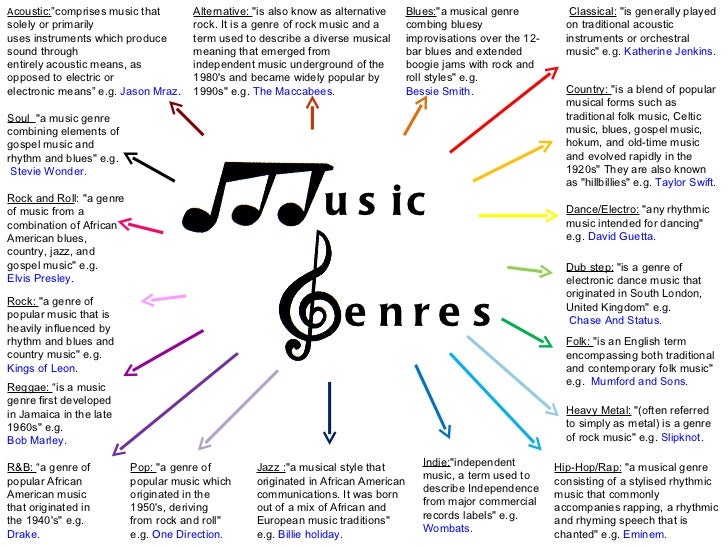
If it repeats with distinct, sustained changes each time, for instance in setting, ornamentation or instrumentation, then the piece is a theme and variations. If the hymn, ballad, blues or dance alluded to above simply repeats the same musical material indefinitely then the piece is said to be in strophic form overall. The next level concerns the entire structure of any single self-contained musical piece or movement. Simpler styles of music may be more or less wholly defined at this level of form, which therefore does not differ greatly from the loose sense first mentioned and which may carry with it rhythmic, harmonic, timbral, occasional and melodic conventions. This may be compared to, and is often decided by, the verse form or meter of the words or the steps of a dance.įor example, the twelve bar blues is a specific verse form, while common meter is found in many hymns and ballads and, again, the Elizabethan galliard, like many dances, requires a certain rhythm, pace and length of melody to fit its repeating pattern of steps.

The smallest level of construction concerns the way musical phrases are organized into musical sentences and "paragraphs" such as the verse of a song. For the purpose of this exposition, these levels can be roughly designated as passage, piece, and cycle. Thus, form may be understood on three levels of organization. Even at this level, the importance of the principles of repetition and contrast, weak and strong, climax and repose, can be seen. This "phrase" may be regarded as the fundamental unit of musical form: it may be broken down into measures of two or three beats, but its distinctive nature will then be lost. The further organization of such a measure, by repetition and variation, into a true musical phrase having a definite rhythm and duration that may be implied in melody and harmony, defined, for example, by a long final note and a breathing space.The arrangement of the pulse into unaccented and accented beats, the cells of a measure that, when harmonized, may give rise to a motif or figure.The founding level of musical form can be divided into two parts: Some writers also use a prime label (such as B', pronounced "B prime", or B'', pronounced "B double prime") to denote sections that are closely related, but vary slightly. Subdivisions of each large musical unit are shown by lowercase letters (a, b, and so on). If the first or any other musical unit returns in varied form, then that variation is indicated by a superscript number- A1 and B2, for example. Subsequent contrasting sections are labeled B, C, D, and so on. The first statement of a musical idea is designated A. In his textbook "Listening to Music", professor Craig Wright writes, To aid in the process of describing form, musicians have developed a simple system of labeling musical units with letters. Musical form unfolds over time through the expansion and development of these ideas.Ĭompositions that do not follow a fixed structure and rely more on improvisation are considered free-form.

These organizational elements may be broken into smaller units called phrases, which express a musical idea but lack sufficient weight to stand alone.

In his book, Worlds of Music, Jeff Todd Titon suggests that a number of organizational elements may determine the formal structure of a piece of music, such as "the arrangement of musical units of rhythm, melody, and/or harmony that show repetition or variation, the arrangement of the instruments (as in the order of solos in a jazz or bluegrass performance), or the way a symphonic piece is orchestrated", among other factors. In music, form refers to the structure of a musical composition or performance.


 0 kommentar(er)
0 kommentar(er)
